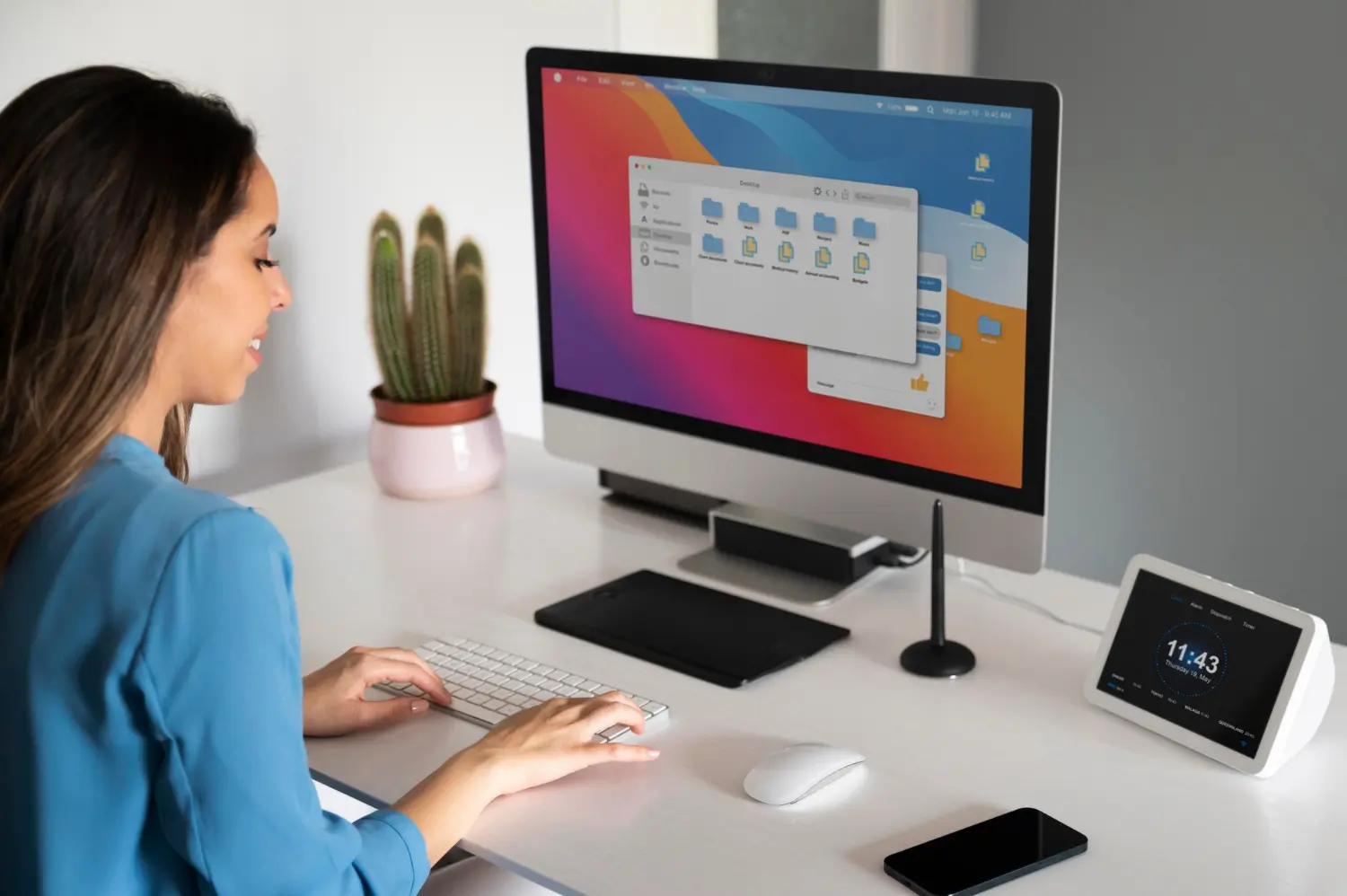Remote and hybrid work has become a standard part of business operations. Employees expect to access their desktops and applications from home, on the road, or in satellite offices. This shift puts pressure on IT teams to deliver desktops that are not only easy to access but also secure, reliable, and manageable. That’s where a well-designed solución de escritorio virtual can make all the difference.
Inuvika OVD Enterprise enables organizations to deploy Linux-based virtual desktop and application environments that deliver secure access from anywhere. Our platform supports multiple hypervisors, offers built-in secure gateways, and uses multi-factor authentication (MFA) to protect sensitive information. Let’s explore how businesses can build a secure work-from-anywhere infrastructure and what to consider along the way. In addition, Inuvika’s ResoluteOS is thin client software that can be used to convert existing devices to thin clients, extending their lives by years, and avoiding costly replacements like the Windows 11 upgrade.
Understanding the Challenges of Remote Work
Supporting a hybrid workforce comes with unique challenges. Employees use a variety of devices, operating systems, and networks, which can increase security risks. Bring Your Own Device (BYOD) policies are popular, but add complexity in terms of security and compliance.
Without a robust solution, IT teams struggle to manage multiple endpoints, secure sensitive data, and ensure consistent access to applications. A strong virtual desktop solution centralizes management and protects business information without restricting employee flexibility.
Key Features of a Work-from-Anywhere Solution
When choosing a virtual desktop solution, certain features are essential for security and usability:
- Encryption: Protects data both in transit and at rest, keeping sensitive information safe.
- Multi-Factor Authentication (MFA/2FA): Adds an extra layer of security, verifying users before granting access.
- Centralized Management: IT teams can deploy updates, manage permissions, and monitor usage from a single console.
- Device Agnosticism: Employees should be able to use Windows, Mac, Linux, or mobile devices without issues.
Inuvika OVD Enterprise combines all these features, allowing organizations to deliver secure, reliable virtual desktops while keeping management simple.
Explore Inuvika OVD Enterprise
Why Linux-Based Desktops Matter
Many traditional VDI solutions rely heavily on Windows, which can increase licensing costs and limit flexibility. A Linux-based virtual desktop solution can reduce total cost of ownership while providing high performance, reliability, and far better security. 90% of ransomware attacks happen in Windows environments.
Linux desktops also allow organizations to deploy on multiple hypervisors and clouds, avoiding vendor lock-in. This flexibility ensures that IT teams can adapt to changing business needs without large infrastructure overhauls.
How to Set Up a Secure Infrastructure
Building a work-from-anywhere infrastructure requires careful planning and deployment. Here are key steps:
- Choose the Right Hypervisor and Backend: Your platform should support multiple hypervisors to match your existing infrastructure. Inuvika works on any hypervisor, including newer lower cost options like Verge.OS and ProxmoxVE.
- Deploy Virtual Desktops: Set up the Linux-based virtual desktops for your users.
- Integrate with Directories: Connect the system to your existing user directories for seamless authentication.
- Onboard Employees: Provide training and documentation so employees can access desktops safely and easily.
- Monitor and Maintain: Keep an eye on performance, security alerts, and user activity.
By following these steps, IT teams can create a secure and efficient virtual desktop solution that supports a hybrid workforce.
Tips and Pitfalls to Avoid
When adopting a work-from-anywhere model, keep these points in mind:
- Bandwidth Management: Ensure your network can handle multiple remote connections.
- User Experience: Test virtual desktops on different devices to confirm smooth performance.
- Legacy Applications: Identify older apps that may require special configuration.
- Security First: Always enforce encryption, MFA, and monitoring.
A well-planned approach prevents common pitfalls and maximizes the benefits of a virtual desktop solution.
Conclusión
Remote and hybrid work is here to stay, and businesses need secure, flexible, and cost-effective ways to deliver desktops and applications. A strong virtual desktop solution like Inuvika OVD Enterprise ensures employees can work safely from anywhere while IT teams retain full control and visibility.
By planning carefully, deploying Linux-based desktops, and integrating robust security measures, organizations can create a work-from-anywhere infrastructure that supports productivity, security, and business growth. If your business is ready to take the next step, Inuvika OVD Enterprise offers the tools and expertise to build a secure, reliable, and efficient virtual desktop environment today.

